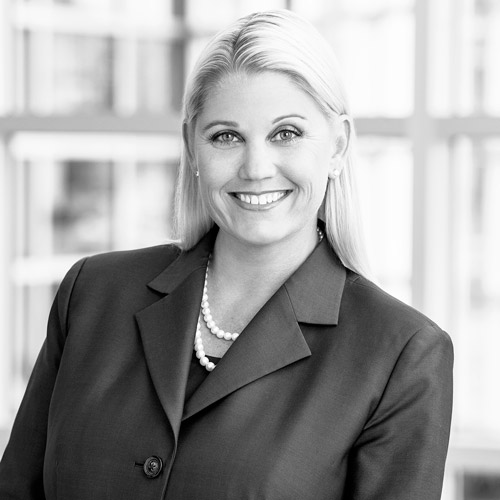Nearly 150 years ago, hundreds of people gathered in Promontory, Utah, where each clang of a heavy sledgehammer not only drove in a golden spike, but also signified the beginning of a new era in transportation—one that would connect settlers coast to coast for the first time in the history of the United States. That “Last Spike” in the First Transcontinental Railroad may have marked the end of a seven-year construction endeavor in 1869, but on a larger scale, it signified a revolutionary change in technology and the way of life for travelers for the decades to come.
It goes without saying that much has changed since then. Not only is the sledgehammer-spike construction technique a footnote of the past, but the sheer amount of miles that make up the railway systems linking North American cities is now in the thousands. Keeping people and goods moving across the United States and Canada takes a strong team to provide railway construction and maintenance, as well as the coordination of countless tasks on any given day.
Enter Veronica Lubatkin, executive vice president and chief financial officer of RailWorks Corporation, a leader in track-and-transit systems. The company specializes in construction and maintenance services for a range of clients, including major transit authorities and transportation agencies to industries served by rail, ports, waterways, and utilities. Despite being based in New York, New York, RailWorks performs work in forty-eight states and five Canadian providences, and has more than thirty offices across North America.
As a result, drawing effectiveness and efficiency through innovation is one of the key driving points for Lubatkin on a daily basis. As CFO, she believes one of her key roles is to support the business and views operations management as her customers. Lubatkin strives to develop solutions and tools through systems and data to help run projects more efficiently.
That customer perspective is also something she invokes regularly in her team for daily operations. “We run a complex low-margin business, highly regulated, with scarcity of project resources, and so innovation can help to improve efficiency, and provide better visibility into project performance,” Lubatkin explains.
Day to day, she runs information technology and finance, but it is the JD Edwards’ ERP System Lubatkin incorporated that has linked all of RailWorks together into one set of processes across the business. The system allows the company to synchronize projects and improves visibility from a management perspective, which then in turn drives better efficiency for managing both customers and vendor spending levels. Lubatkin says other systems have been implemented that create collaboration sites, where all employees across the company can be viewing the same information at the same time, which is important for this fast-paced project-driven business.
“It was really all about how to drive more consistency, standardization, and efficiency across what is more than thirty offices in North America,” Lubatkin explains. “All of our sites were really operating somewhat in their own way with separate business processes. We needed to find platforms that could help us drive consistent and reliable processes.”
Before Lubatkin arrived, RailWorks was operating on roughly a dozen different systems, which in turn allowed for a dozen different ways of culturally running different offices and dealing with employee, vendor, or customer issues.
Lubatkin and her team worked on the requirements and the design for the new system approximately eighteen months before going live in August 2013 in the United States and then in April 2014 in Canada.
In order to carry out such a tall order, Lubatkin looks for team members who are customer-oriented, and who understand that they are at RailWorks to identify problem areas and develop solutions. “I spend a lot of time traveling in the field, and during the implementation of JD Edwards, I was in the field at different offices not only conducting training, but listening for pain points so we could continue to reconfigure and adjust the system to make sure it met the needs of the business,” she says.
Coming from the pharmaceutical industry in 2009, Lubatkin had to adjust to the change in culture working in the construction sector. But Lubatkin believes leaders in finance need to be adaptable, and while the risk factors and accounting principles may be different in the construction industry, the support of a business is the same.
“Any innovation we can bring to the business,” she says, “that can support and improve performance and cash flows is an area of focus for me.”

